
From cafe racers to scooters, we’re covering interesting ground this week. From the UK we’ve got a stunning Guzzi and a sensible Bonneville, Switzerland offers a sleek Honda CB400, and from the Czech Republic we have news of the rebirth of Čezeta.

Honda CB400F Supersport by 2V Motos Swiss Brothers Marc and Phillip got hooked on wrenching when their father handed them a wrecked moped, and challenged them to get it going. Now operating as 2V Motos, they’ve come a long way.
The project has quite a backstory. The brothers drove three hours to buy a pair of bikes from a former Swiss hill climb champ, but neither had papers. After a lengthy process, they managed to re-register one bike—but the getting the Honda on the road wasn’t happening. And once it had been stripped down, it turned out to be in a pretty shoddy state, so it was relegated to a corner of the workshop indefinitely.

A while later, Marc needed a physical project to complete his Masters in architecture. Once he’d convinced his professors that a motorcycle build was relevant to his thesis, 2V Motos started transforming the sorry Honda into a pure classic racer over a six-month period. It underwent a full motor rebuild and re-bore, with polished ports, a race clutch and a four-into-one exhaust system from Delkavic. It also wears a Benelli Mojave tank, a hand-made tail section, and a fairing from Omega Racer. And Marc and Phillip also added new Borrani rims, TTR yokes and rear sets, Fehling clip-ons and a Nissin master cylinder with braided hoses.
To up the ante, the bike had to run on the day of Marc’s presentation. It did, and it clearly impressed too—he got his degree. [More]
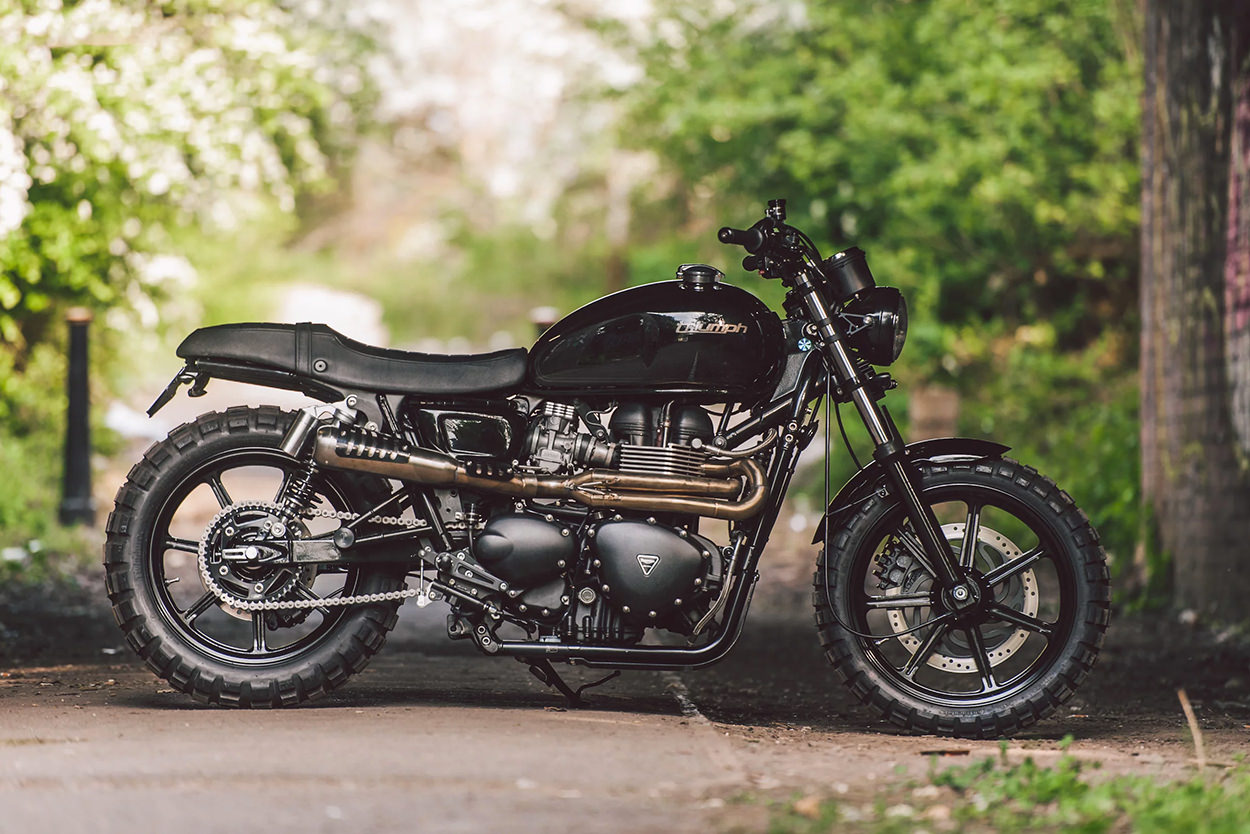
Triumph Bonneville SE by Sinroja There are only two motorcycles I regret selling, and one of them was my air-cooled ‘mag wheel’ Bonneville. It was a great bike that got the job done with minimal fuss, performed well enough, and got better with even the most minimal of tweaks.
This Bonnie from Sinroja is a great example of how to finesse the Bonneville without going wild. The Sinroja brothers were using it as a daily commuter (no surprises there), when they decided to spruce it up for the Malle Mile—a weekend event filled with mild off-road fun. (Which is why it’s wearing a set of knobbies).

Every change is subtle, but impactful. There’s a full suspension package from TEC, with new internals and preload adjusters up front and new shocks out back. TEC also supplied the scrambler-ific two-into-one exhaust, rear sets, a tail tidy, and a whole bunch of smaller dress-up parts.
Sinroja also installed a new headlight and brackets, and Rizoma turn signals. They treated the bike to a major service, and even dyno tuned it to dial in the new exhaust. The front fender was trimmed, and everything was then refinished in black, with gunmetal pin striping on the tank. But before Sinroja could field it in the Mile, a customer walked into the shop, saw it on the bench and snapped it up. [More]
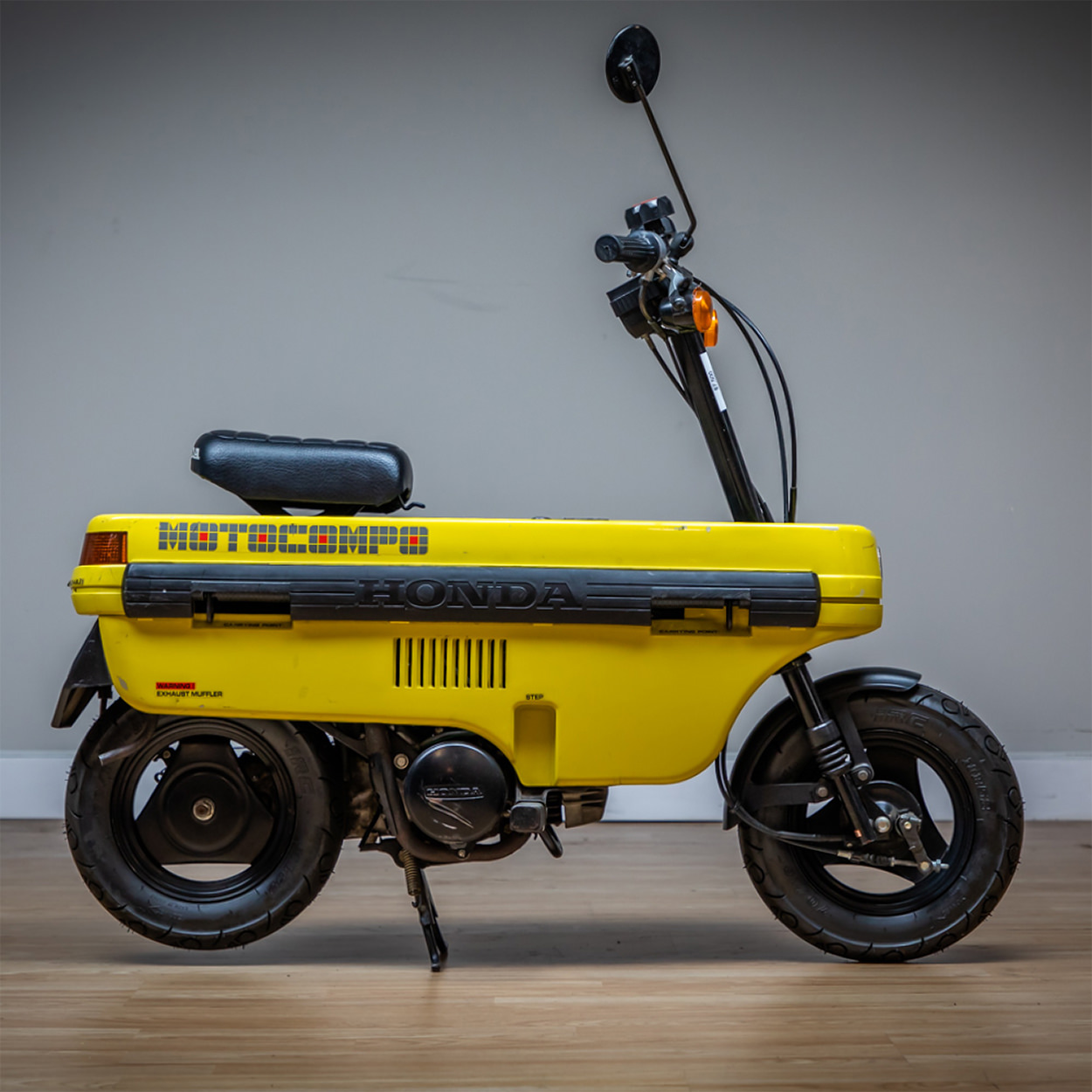
Honda Motocompo Most major cities suffer from the same ailment: parking is a nightmare. As a result, many people that commute in by car often end up parking far from work, and legging it thereon. It’s not a new problem, and Honda had a nifty solution for this back in 1981.
They released a compact hatchback called the ‘City,’ and then they released the ‘Motocompo’—a scooter that fitted perfectly in the City’s trunk, and was designed to carry you from parking spot to final destination. All you had to do was take the 99-pound Motocompo out of the trunk, unfold its bars, pegs and seat, et voila.
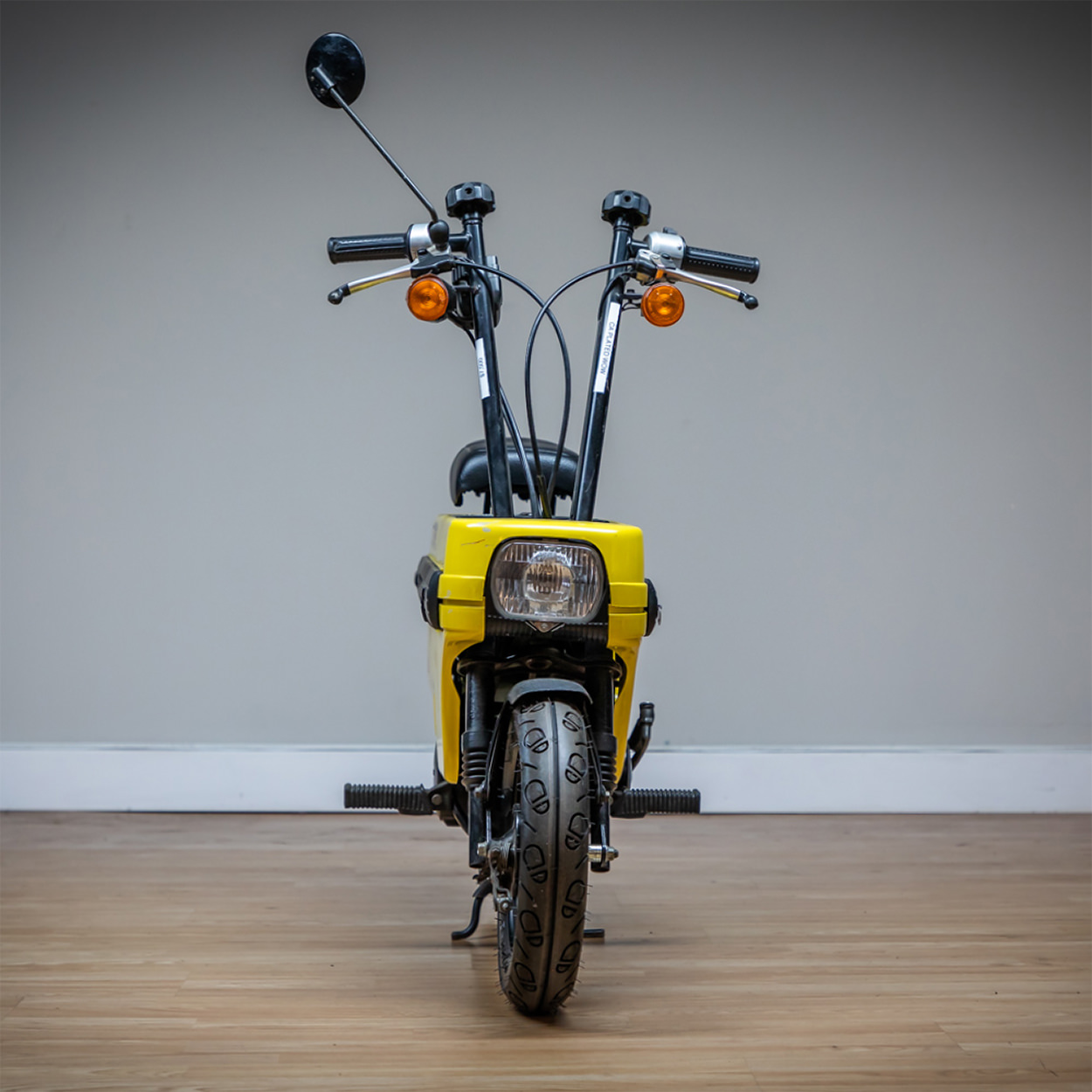
Also known as the NCZ50, this scoot was powered by a 49 cc two-stroke single with an auto transmission. The 2.5 hp motor was good for a top speed of around 25 to 30 kph, the wheelbase was a mere 32.7” and it rolled on 8” wheels.
As cute (and clever) as the Motocompo was, it never really caught on, so Honda stopped making it around 1983. This one’s just been auctioned for $ 2,750, in mostly original condition, save for a few consumables that have been replaced. If you had a couple of grand lying around and another one popped up for sale, would you be tempted? [More]
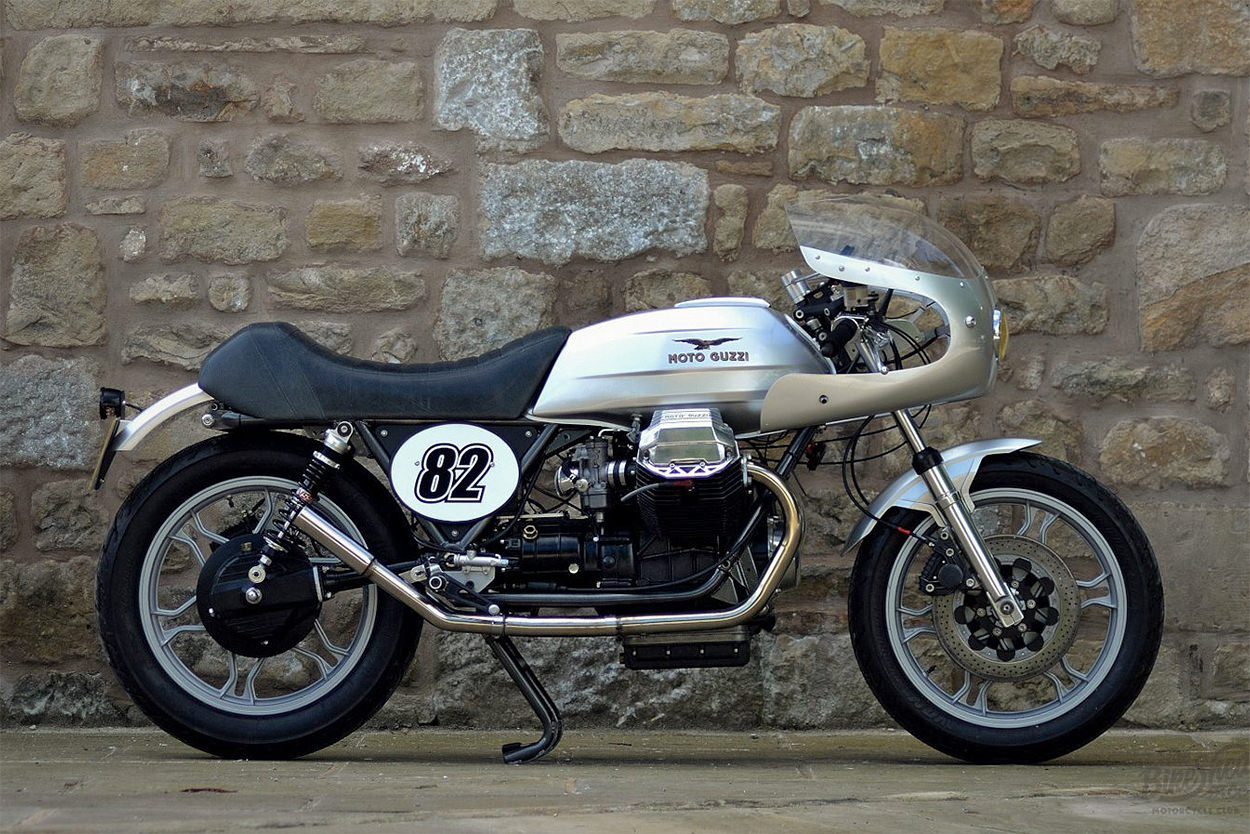
Moto Guzzi Le Mans MK3 by La Busca This classy Moto Guzzi resto-mod comes from Jez at La Busca in Yorkshire, and it’s a little deceptive. At a glance, it looks like it might have come from the factory—but it’s actually a cleverly reworked Le Mans Mk3. What’s even more impressive is that the project started out as a rolling chassis and a box full of parts.
The Le Mans has shed its lean, angular bodywork for more shapely forms. The seat actually came with the bike; it’s from Guiliari, and was originally designed for the Kawasaki Z1. Jez had it re-upholstered in pine green leather, and let its classic shape dictate the direction of the rest of the build.
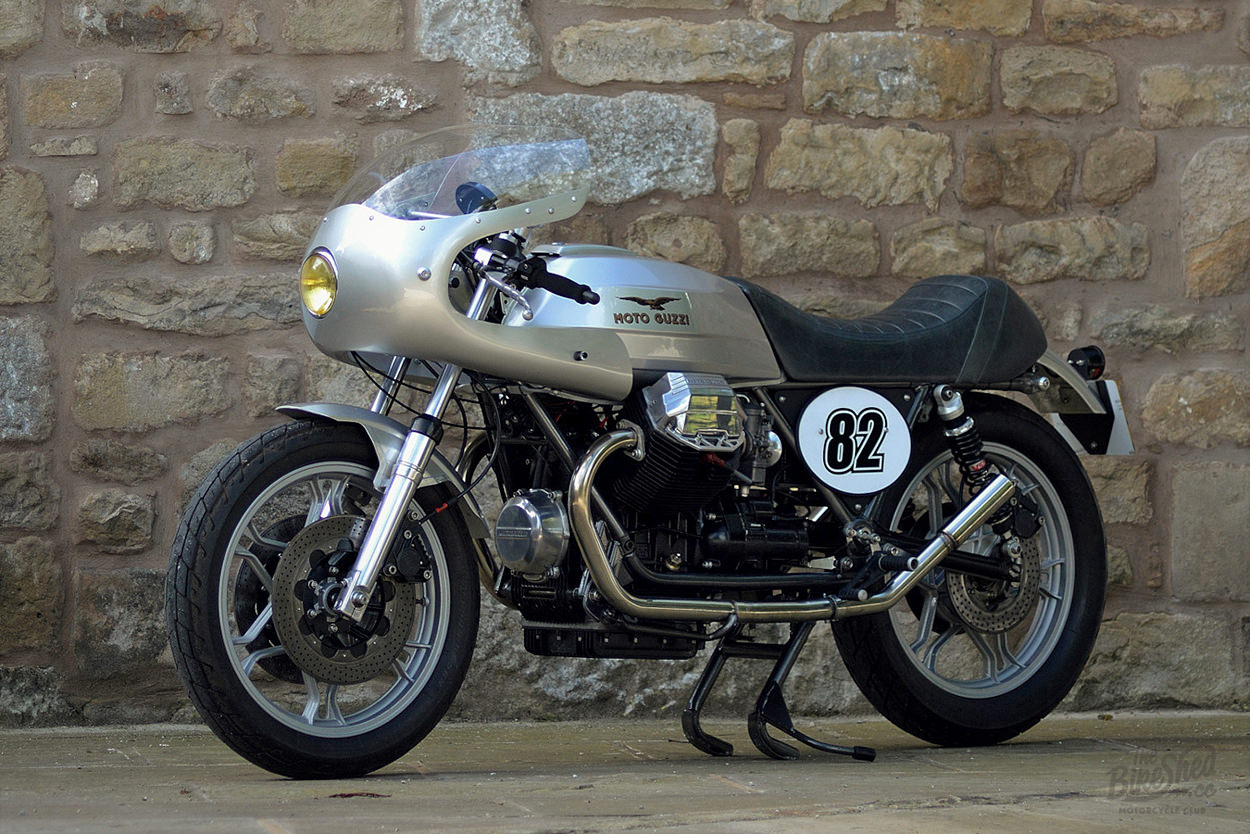
He kept the Guzzi’s boxy, 80s fuel tank, but replaced the fairing with a hand-made aluminum item. It uses a six-point mounting system to attach to the original Tonti frame, and there’s an ultra-modern Motogadget dash hiding behind it. Local engineers Lune Engineering helped Jez mount it on a clamp on top of the headstock, with an integrated bearing (to allow the front end to turn independently from the fairing).
There’s a lot going on under the hood too. Jez rewired the bike around a Motogadget m.unit, and added a Sachse electronic ignition, along with a GPS sender to feed the speedo. And he added one of his signature La Busca twin, upswept exhaust systems. Tasty. [More]

Čezeta 506 electric scooter Scooter aficionados will know the name Čezeta: the Czech company was famous for its long, torpedo-shaped machines, known as the Types 501 and 502, along with the rickshaw-style 505. Although they were only manufactured between 1957 and 1964, Čezeta scooters have been elevated to cult status—probably due to their traffic-stopping looks.
Čezeta is back in business again, and the good news is that the quirky styling hasn’t been watered down for the new 506 model. This time round, power comes from electric motors in two configurations, offering 11 or 15 horsepower. After a four-year development process, limited production started last year, with most 506s going into the local rental market.
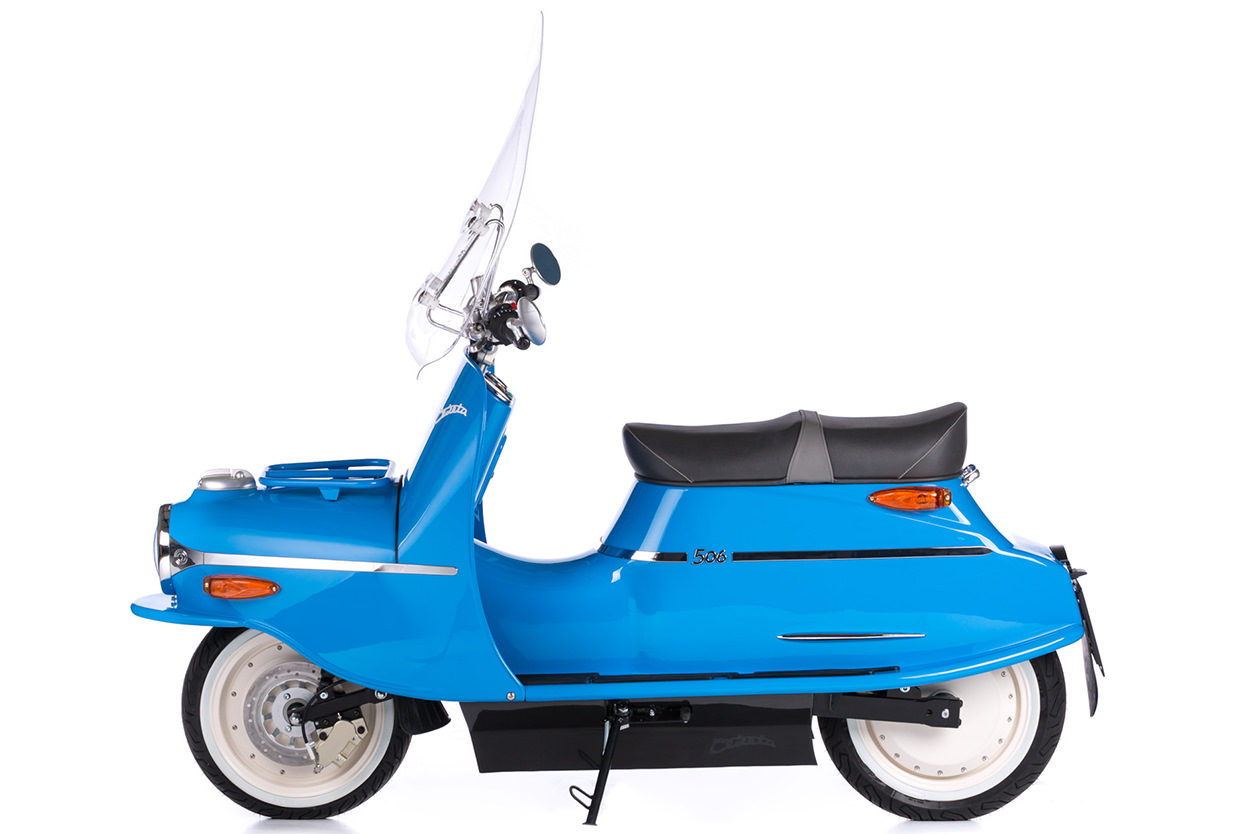
But now a hugely successful fundraising campaign has banked 600,000 euros for the reborn company, and production is ramping up. Čezeta has already signed up six dealers in Europe, and offers a semi-custom option too, with a build-to-order system.
Prices are high—starting at around US$15,000—so the 506 is definitely a niche model. But we reckon there will be a small but lucrative market for the Čezeta. It’s got to be one of the most stylish (and environmentally friendly) ways for two people to zoom around tight city streets. [Čezeta]

from Bike EXIF https://ift.tt/2MAJlnm
No comments:
Post a Comment